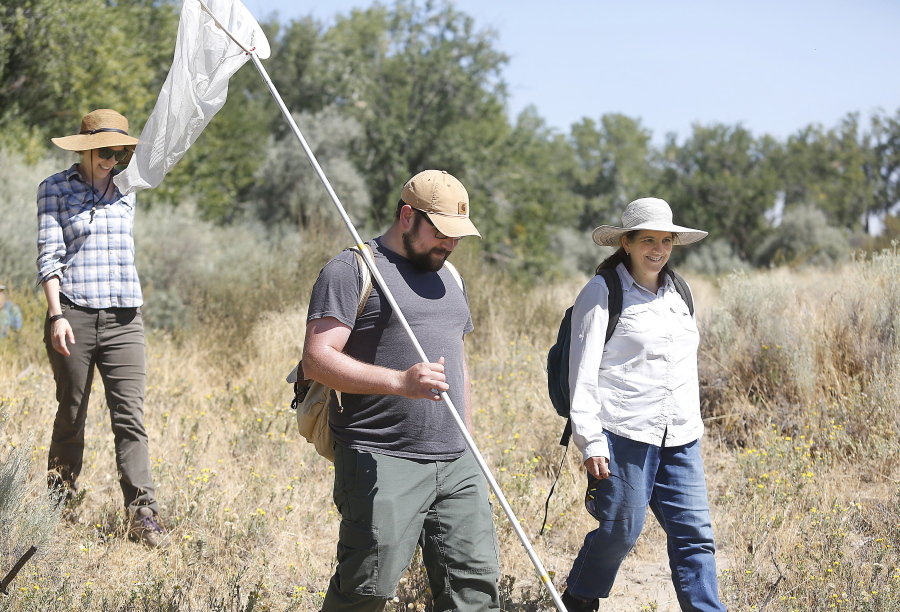KENNEWICK — Children in the northwest might not see the fluttering orange and black wings of a monarch butterfly on a summer day a few decades from now.
A study published recently in the journal Biological Conservation documents the steep decline of the population of migrating monarchs in the West.
“This study doesn’t just show that there are fewer monarchs now than 35 years ago,” said Cheryl Schultz, an associate professor at Washington State University Vancouver and lead author of the study.
“It also tells us that, if things stay the same, western monarchs probably won’t be around as we know them in another 35 years,” she said.
The study puts the risk at 72 percent that not enough of the monarchs will be migrating in the West within 20 years to sustain the population.
In 50 years, the risk is 86 percent.
More is known about the larger population of eastern monarchs, which also is in decline.
The study led by Schultz showed that western monarchs are faring worse than monarchs in the East.
Western monarchs that breed in Washington, Oregon, Idaho, Nevada and California head south for the winter to roost in clusters on eucalyptus and pine along the California coast.
Those coastal residents began noticing in the 1990s that there weren’t as many monarchs as there were in previous decades. Hundreds of volunteers began collecting data to learn more in an annual Thanksgiving count of hundreds of California roosting sites in 1997.
The data they collected was the starting point for the new study.
Schultz used newer statistical methods to combine the Xerces Society’s Thanksgiving Count data from 1997 to 2006 with more sparse data collected by amateurs and professionals back to the early 1980s.
Researchers knew they would find a decline.
They were surprised by the rate.
In the 1980s, there were about 10 million monarch butterflies overwintering on the California coast.
Now, only 300,000 monarch butterflies are estimated to roost across hundreds of coastal sites, the study found.
“We know there is a trend now,” Schultz said. “Now we have to figure out how to reverse it”
She said possible culprits may be a loss of breeding and overwintering habitat, pesticide use and possibly climate change.
In overwintering areas, the threat to habitat is development and the aging of trees where they roost.
In breeding areas, their fate is tied to milkweed, where monarchs lay eggs and striped caterpillars feed on the plant’s leaves.



